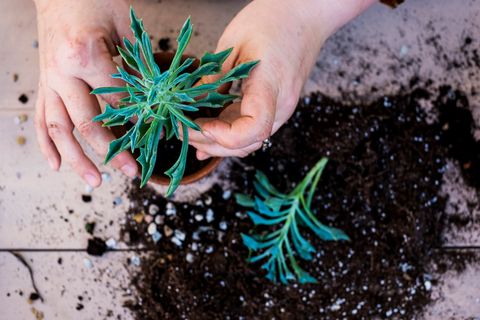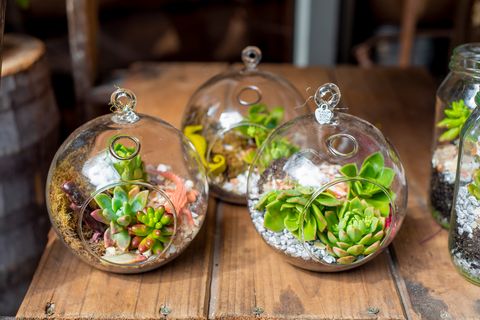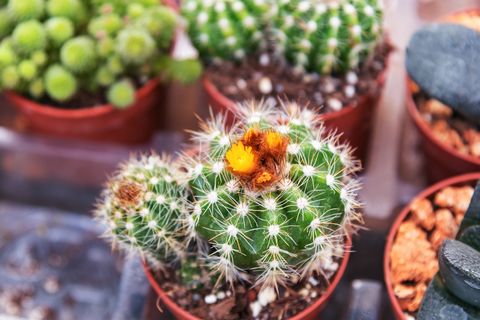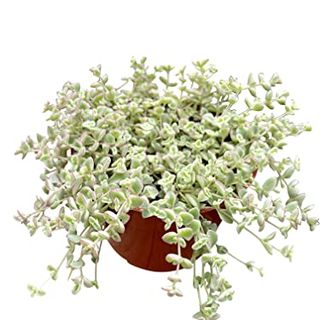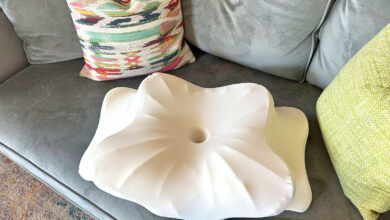5 Tips on Growing Succulents Indoors
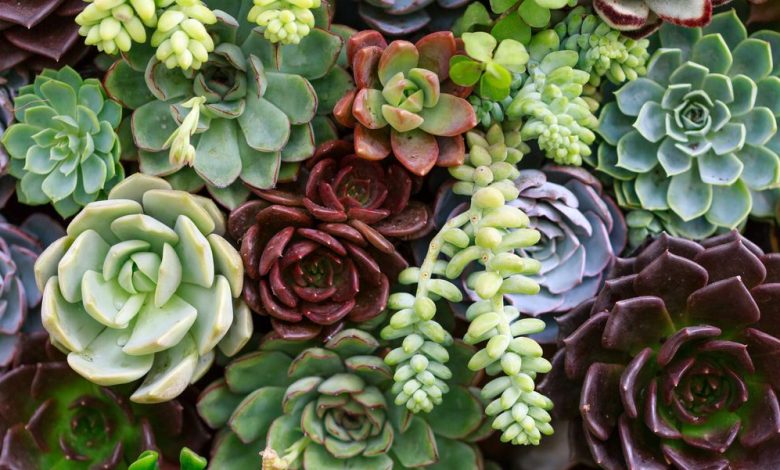
[ad_1]
Succulents are full of charm. Chances are you’ve seen them make a statement at weddings, on office desks and all over your favorite social media accounts to follow. To say they’re having a moment is an understatement. But while succulents continue to gain in popularity, some people don’t realize they’re actually not the most easy-to-care-for plants. Don’t let their size fool you. Succulents call for adopting a desert mindset. In other words, full-on sun, torrential rain and drastic temperature changes that are typical for desert environments are ideal for certain types of succulents.
If you’ve ever had a jade plant and couldn’t figure out why its leaves kept dropping or a sedum that shriveled unexpectedly after a routine watering schedule, you’ll appreciate these pointers on how to care for succulents. These helpful tips include everything you need to know to keep your succulents alive indoors, from the right amount of watering and light to the best type of soil.
1. Provide Enough Sunlight
It’s never easy trying to recreate a plant’s native habitat indoors, especially when it comes to sunlight. Some varieties, like those that are native to tropical environments, can still thrive despite the changes in shade and sun patterns in a home. That said, some plants need full sun for 12 hours and if they’re placed on an east-facing window, they might wither. Your next best option is to place your succulent near a bright south-facing window. If that’s not possible due to the location of your windows, consider a succulent such as the aloe plant.
2. Water Them Appropriately
The Chihuahuan Desert gets a little more than 9 inches of rain annually — a drop in the bucket compared to what the verdant landscapes most of us call home receive. In the desert, however, when it rains, it pours. To make your own desert-dweller happy, try to emulate the rainfall patterns native to its home habitat. Don’t treat your cacti with a trickle; turn on the taps and let loose a deluge.
All succulents (and all plants for that matter) benefit from a complete soaking, until water comes out of the bottom of the pot. For succulents, wait until the soil is bone dry — and then some — to water again. Just be sure to keep the leaves dry to keep mold at bay.
3. Use the Right Potting Soil
Most potted plants come in a standard soil mix that works for almost every kind of plant, from ferns to fiddle-leaf figs. The problem: Succulents are designed to withstand one of the most extreme environments on planet earth, so standard potting soil just won’t cut it.
Once you get your succulent baby home, change its soil to a desert-dweller mix, combining half potting soil with something like inorganic perlite. This super well-draining, low-nutrient soil will work for most succulents that can withstand extreme temperatures, whether they’re used to thriving in the high and dry Andes or the broiling bottom lands of Death Valley.
4. Don’t Cram Succulents Together
Succulents tend to come packed into adorable little dishes, all crammed together cheek by jowl. There aren’t many plants that like this arrangement, including succulents. Overcrowding is one of the best ways to encourage mold and insect infestations.
The second issue is that, although succulents do very well getting by on slim pickings, they still need food and water. Too much competition means they’ll probably miss out. If your succulents arrive in a crowded arrangement, pluck them out carefully and give them their own spacious mini desert dune.
5. Make Practical Choices
I know it’s really hard to resist growing a saguaro cactus indoors, but please don’t. Some wild things just aren’t meant to be tamed, no matter how pretty their flowers or beguiling their form. Instead, stick to the tough little cookies that will happily accept the windowsill as their home sweet home.
Crassula is a good genus to explore if you’re working with indoor conditions, as is Sansevieria (a.k.a. snake plant). The Mammillaria cacti (so called for their woolly hair, see above) is another good pick if you’re looking for a prickly plant companion.
[ad_2]
Source link



